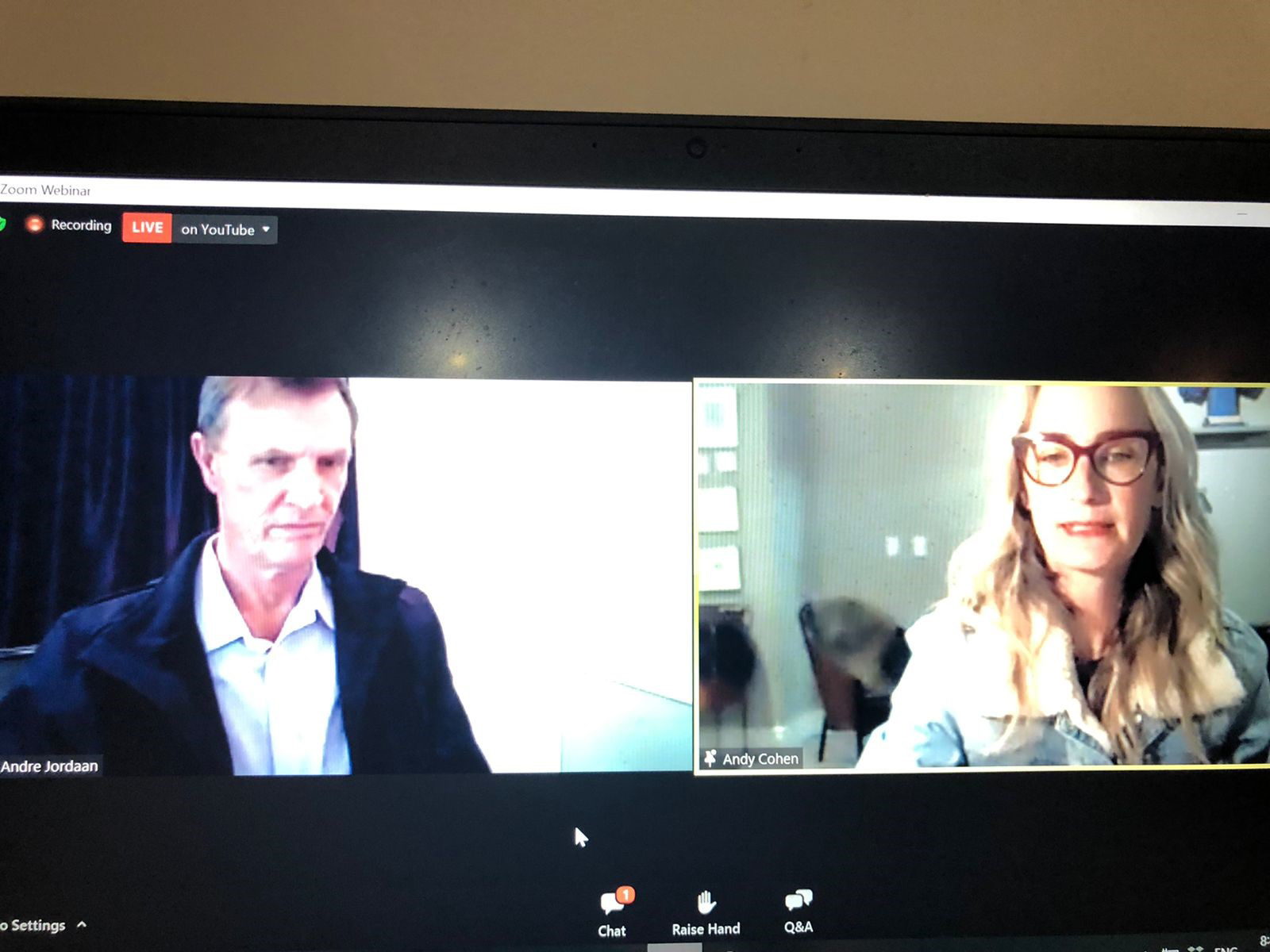
Community

Hard truths about human trafficking
If cybercrime were a country, it would have the third largest GDP (gross domestic product) in the world after the United States and China, said Andre Jordaan, a cybersecurity expert and forensic investigator, pointing out that crime, indeed, does pay.
He said the global market for cybercrime was estimated in 2019 to be between $1.6 trillion (R22.9 trillion) and $2.2 trillion (R31.5 trillion) annually. In 2021, it’s estimated to be more than $6 trillion (R85.6 trillion). Illegal online markets are worth $860 billion (R12.2 trillion), trade secrets and intellectual property theft contribute $500 billion (R7.1 trillion), data trading makes $160 billion (R2.2 trillion), cybercrime-as-a-service is worth $1.6 billion (R22.8 billion), and ransomware earns $1 billion (R14.2 billion).
“This is a very uncomfortable topic,” said psychoanalyst Andy Cohen, who moderated the webinar “Stolen people, stolen dreams” on 17 June on human trafficking and cybercrime, organised by the Johannesburg branch of the Union of Jewish Women.
Jordaan said that dangerous cyber activities – cybercrime, phishing, fake news, and trafficking – had all increased under the COVID-19 pandemic, as people spend more time online. He mapped out the murky and dangerous world of internet-based crime in the deep web and dark web. “My aim is to empower people to go online in safer ways,” he said.
“The criminal has come into your home,” Jordaan said. “He’s not ‘out there’ anymore. He’s in your room. He’s in your child’s room. He can have access to your cell phone and track your every move.” According to Accenture, South Africa has the third highest number of cybercrime victims worldwide, losing R2.2 billion annually to cyberattacks. Android phones in particular are targeted by banking malware. Coronavirus-themed porn is now a searchable category, with millions of videos uploaded, downloaded, or streamed.
Turning to human trafficking, Jordaan said that 58% of victims eventually meet their traffickers face to face, while 42% who initially met their trafficker online and never met him or her in person, were still trafficked. “Predators look for indicators of substance abuse, runaway activity, and destabilisation within the home. Children are at risk, especially the vulnerable and marginalised.” He showed a dark website advertising sexual slave girls to rent for 15 or 30 days, with some as young as nine.
Seema Naidoo runs Hope to Heal, an organisation offering trauma-based services to survivors of human trafficking, which she calls “modern-day slavery”. There are few counselling services for survivors of human trafficking in South Africa. Naidoo said there were also insufficient services for children and males who had been trafficked into forced labour or sexual slavery. Hope to Heal aims to reintegrate survivors, who often face the danger of being exploited again. It offers various therapies such as dance, art, and pottery. She appealed for greater support from South African corporates as she hopes to open other such centres.
“Survivor X” then told her painful story. In 2006, this 39-year-old resident of Alexandra township met someone she thought was a pastor in Yeoville, who promised her work overseas. The single mother of five was destitute and accepted. She was flown to Iran, and then kidnapped and locked in a flat for six weeks. She was then forced to swallow packets of drugs, but was arrested in Iran en route to China. She was housed in filthy underground cells, and underwent a crude operation to retrieve the drugs from her digestive system. Some drug packets burst inside her, and she struggled to voice her problems due to the language barrier. “I had an open stomach for three days, and my intestines were rotting. I was stitched up after four days, without an injection.”
The South African embassy saw her only after four months in prison. She was given the death penalty, but eventually released in 2014. After a diet of rice, watermelon, and raisins, she had uterine cancer and had a hysterectomy in Iran. She said the government had done nothing for her in spite of many promises, except buy her plane ticket back to Johannesburg. Naidoo said Hope to Heal would see what could be done for “Survivor X”.
“If a person is vulnerable in the real world, they will be vulnerable online,” said Cohen. Young people cannot always bridge the gap between reality and cyberspace. “We must empower them to make informed decisions.”
No-one has accurate figures about human trafficking, but South Africa remains a key recruitment and transit country. Jordaan hopes this wake-up call will cause people to be much more circumspect in cyberspace, and take measures to protect themselves and their children. “You need to build trust with your children about their online activities. It’s dangerous out there,” he said.











Tanya Silverman
June 25, 2021 at 3:07 pm
What about the married men who frequent these poor women? How about they get caught and prosecuted because without their “need” there would not be traffickng!